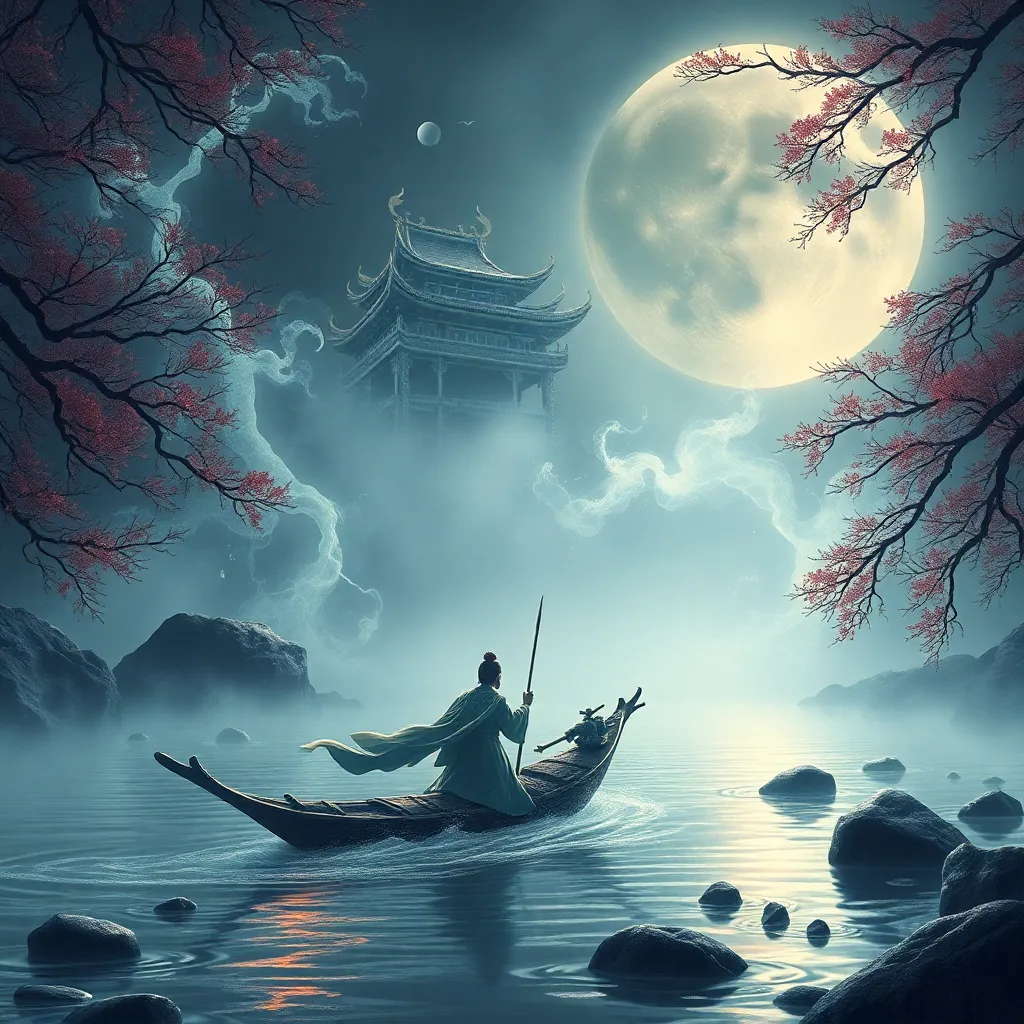The Baku: A Beast of Dreams in Japanese Folklore
I. Introduction to the Baku
The Baku is a fascinating creature rooted in Japanese folklore, often referred to as a “dream eater.” It is a mythical being that is said to consume dreams, particularly nightmares, allowing individuals to experience peaceful slumber. The significance of the Baku in Japanese culture is profound, as it embodies the hopes and fears associated with the dream world.
Typically depicted as a hybrid creature with features resembling those of an elephant, tiger, rhinoceros, and bear, the Baku is an intriguing amalgamation of various animals. Its unique appearance and mystical abilities have captured the imaginations of many, making it a prominent figure in both historical and contemporary contexts.
II. Historical Origins of the Baku
The Baku’s origins can be traced back to ancient texts, where it first appeared in Chinese mythology. In these early references, the Baku was described as a creature that could ward off evil spirits and protect individuals during their sleep. As the creature made its way into Japanese folklore, it underwent various transformations and adaptations.
Chinese influence played a significant role in the Baku’s integration into Japanese culture. The concept of dream-eating creatures was not unique to Japan, but the Japanese version of the Baku became distinct in its characteristics and significance. Over centuries, the Baku evolved into a symbol of protection and comfort during sleep, solidifying its place in Japanese mythology.
III. The Symbolism of the Baku
The Baku holds deep symbolic meaning in Japanese culture, representing both dreams and the protection against nightmares. It is often seen as a guardian of sleep, embodying the idea that one can find solace from the stresses of daily life through dreams.
- Representation of Dreams: The Baku is a powerful symbol of the dream world, where it encourages individuals to pursue their aspirations and navigate their subconscious mind.
- Protection: Traditionally, the Baku is believed to have the ability to absorb nightmares, providing a shield against negative thoughts and anxieties during the night.
This connection to sleep and the subconscious mind positions the Baku as a significant figure in discussions about mental health and emotional well-being, highlighting the importance of peaceful sleep in achieving a balanced life.
IV. The Baku’s Role in Dream Interpretation
In Japanese culture, dreams have long been regarded as significant messages from the subconscious. The Baku plays a crucial role in this interpretation, as it is associated with the beliefs surrounding the meanings of dreams.
- Cultural Beliefs: Many Japanese people believe that dreams can reveal hidden truths and guide individuals in their waking lives. The presence of the Baku is thought to signify a protective force ensuring that dreams remain positive and meaningful.
- Dream Eater: As a dream eater, the Baku is seen as a creature that consumes nightmares, allowing for a more restful sleep. This aspect underscores the cultural view that nightmares should not be ignored but rather addressed and transformed into something positive.
The implications of the Baku as a dream eater extend beyond folklore; they serve as a reminder of the importance of confronting one’s fears and anxieties, whether in dreams or in reality.
V. Artistic Representations of the Baku
The Baku has been featured in various forms of traditional Japanese art, including paintings, woodblock prints, and textiles. Artists have depicted the creature in numerous styles, often emphasizing its unique features and ethereal qualities.
- Traditional Art: In traditional Japanese art, the Baku is frequently portrayed alongside other mythical creatures, showcasing its role in the broader context of Japanese mythology.
- Modern Interpretations: In contemporary literature, film, and popular culture, the Baku continues to inspire artists and storytellers. Its rich symbolism and intriguing characteristics resonate with audiences, leading to various adaptations and representations in modern narratives.
VI. Rituals and Practices Involving the Baku
Throughout history, various rituals and practices have been associated with the Baku, particularly in the context of seeking protection during sleep.
- Traditional Practices: In ancient Japan, people would recite chants or prayers before sleeping, calling upon the Baku to safeguard their dreams. This practice was believed to invite the creature’s protective presence into the dream realm.
- Contemporary Customs: Today, some individuals still engage in rituals to honor the Baku, such as placing images or charms of the creature near their beds. This reflects a desire to maintain a connection with the Baku’s protective powers and ensure restful slumber.
VII. The Baku in Modern Society
The influence of the Baku extends into contemporary Japanese culture, where it remains an enduring figure in various forms of media and artistic expression. The creature’s symbolism resonates with modern themes of mental health, self-care, and the importance of peaceful sleep.
Moreover, the global fascination with the Baku has grown, as people outside of Japan become interested in its unique characteristics and the rich folklore surrounding it. This interest has led to the Baku being featured in international art, literature, and even merchandise, showcasing its universal appeal and significance.
VIII. Conclusion
In summary, the Baku’s impact on Japanese folklore is profound, as it embodies the complex relationship between dreams, protection, and the subconscious mind. This mythical creature serves as a reminder of the importance of addressing one’s fears and seeking solace in the dream world.
As we reflect on the enduring legacy of the Baku, it becomes clear that its symbolism continues to resonate in modern society, inspiring individuals to embrace their dreams and navigate the intricacies of their inner worlds.



